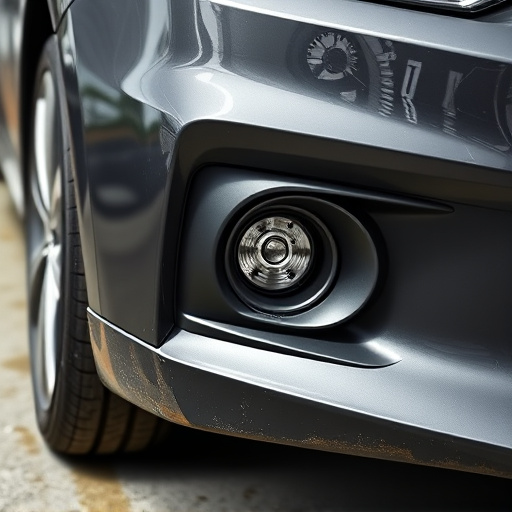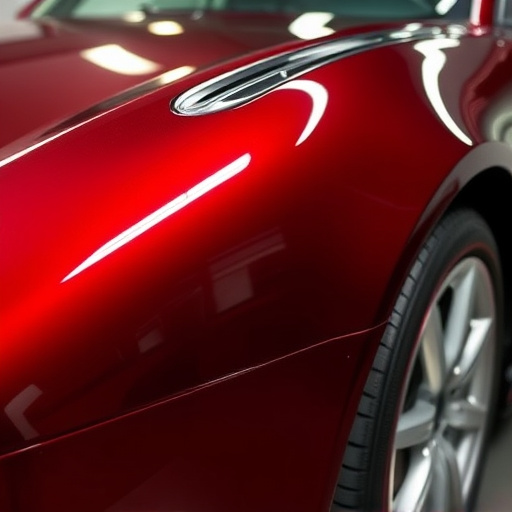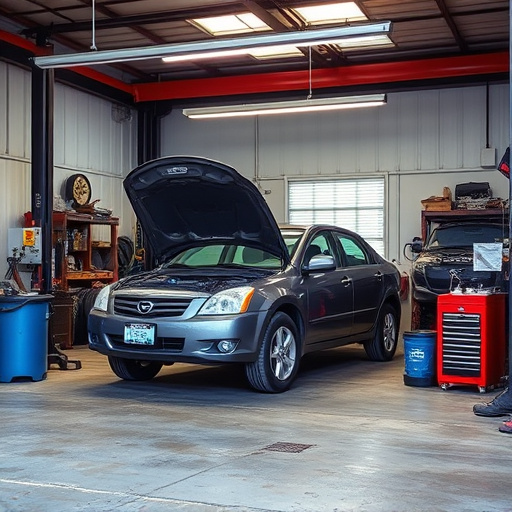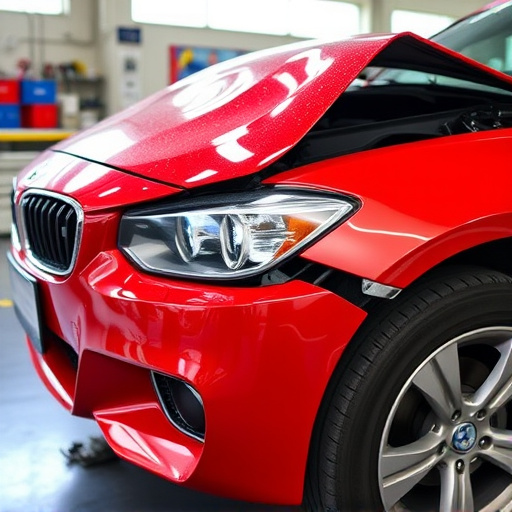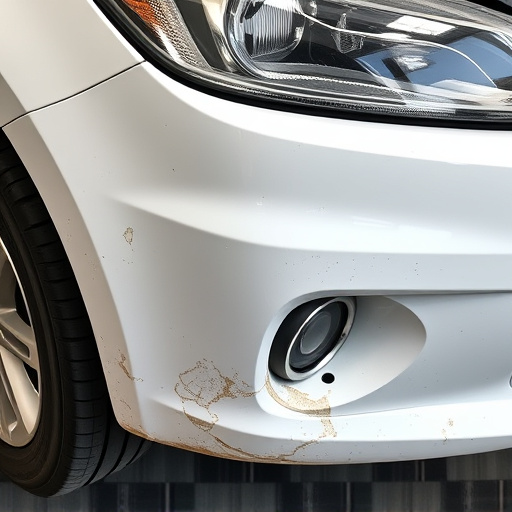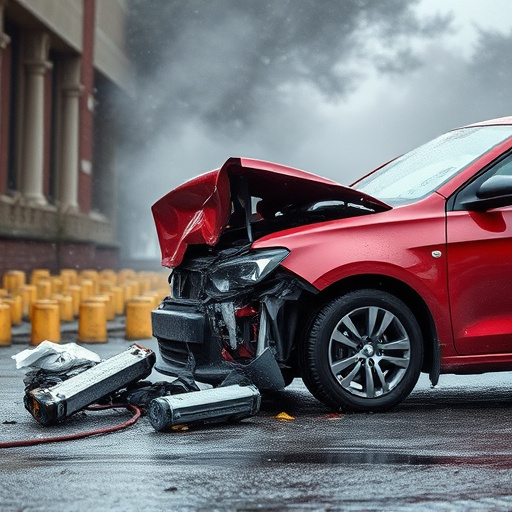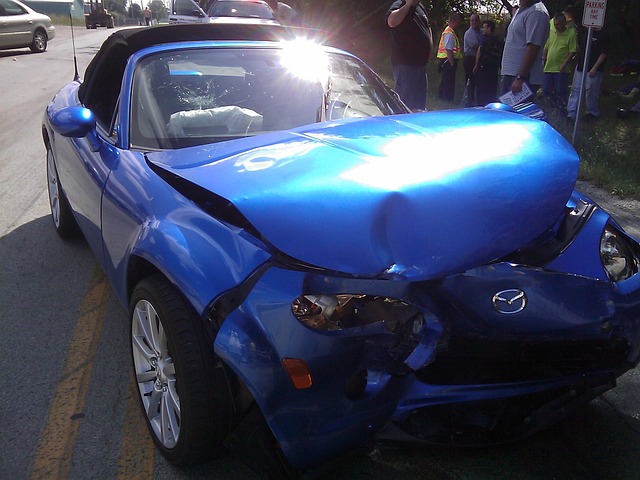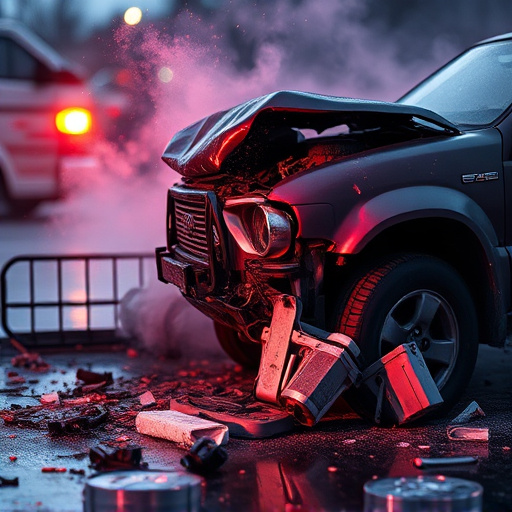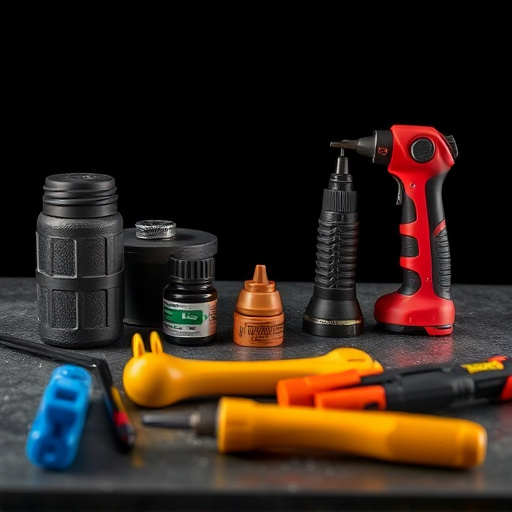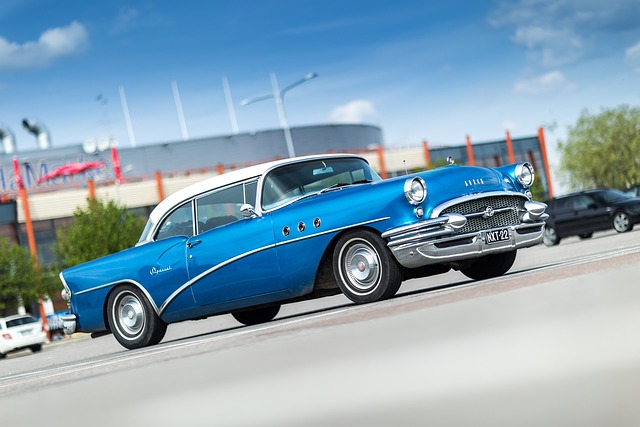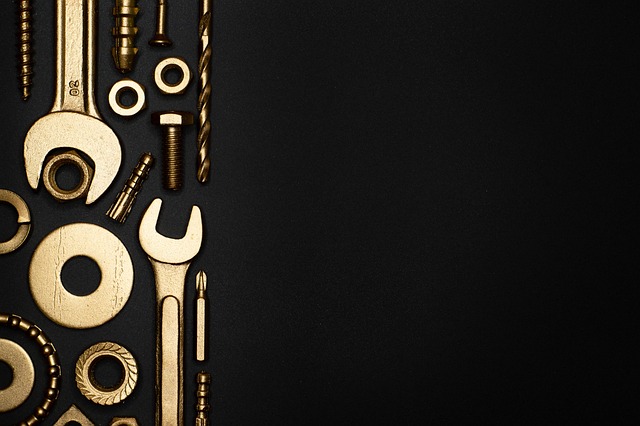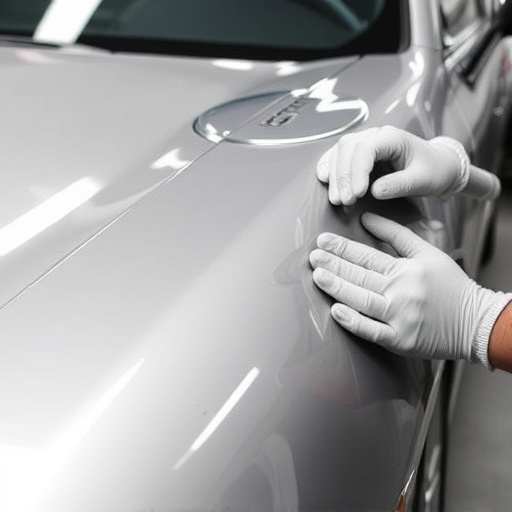Tesla aluminum body repair demands specialized knowledge and tools due to unique properties of aluminum alloys. Skilled technicians use advanced techniques, precision tools, and specific materials to ensure structural integrity and maintain original aesthetics. This meticulous process includes inspection, debris removal, patching, welding, priming, and painting, with specialized body panels and digital alignment for precise results.
In today’s automotive landscape, Tesla aluminum body repair stands out as a critical skill for both professional mechanics and DIY enthusiasts. This comprehensive guide delves into the best practices shaping the industry, focusing on Tesla’s unique aluminum body structure. From understanding the material’s properties to mastering specialized tools and techniques, we explore essential steps for efficient repairs. By equipping you with the knowledge and methods, this article empowers you to navigate Tesla aluminum body repair with confidence and precision.
- Understanding Tesla Aluminum Body Structure
- Essential Tools and Materials for Repair
- Step-by-Step Guide to Efficient Aluminum Repair Techniques
Understanding Tesla Aluminum Body Structure
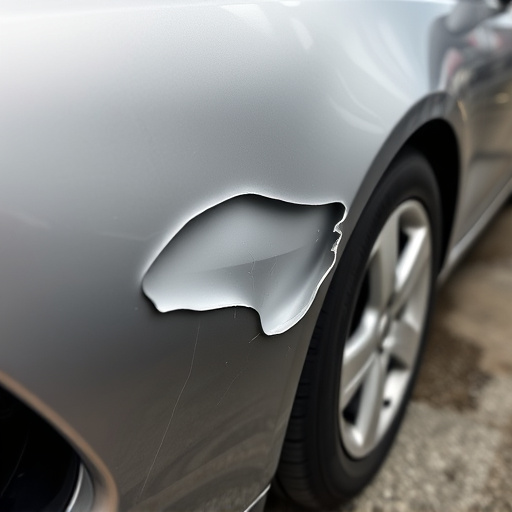
Tesla vehicles are renowned for their sleek design and innovative use of materials, with aluminum playing a significant role in their construction. Understanding the Tesla aluminum body structure is crucial when it comes to effective repair, especially after an accident or damage from elements like hail. The exterior panels of Tesla cars are primarily made of lightweight aluminum alloys, offering both structural integrity and aesthetic appeal.
This unique material presents specific challenges for vehicle collision repair and hail damage repair professionals. Aluminum has different properties compared to traditional steel bodies, requiring specialized knowledge and equipment for precise repairs. Skilled technicians must employ advanced techniques, such as computer-aided design (CAD) and precision measurement tools, to ensure accurate replacement and alignment of aluminum body parts, maintaining the vehicle’s original factory finish and structural integrity.
Essential Tools and Materials for Repair
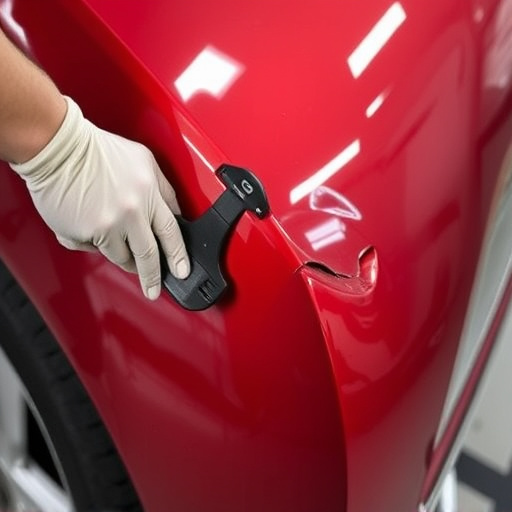
When it comes to Tesla aluminum body repair, the right tools and materials are essential for achieving a perfect, factory-like finish. Professionals in this field rely on specialized equipment designed to handle the unique properties of aluminum, including precision cutting tools, specialized welding machines, and advanced sanders capable of achieving smooth, seamless surfaces. High-quality paints and primers specifically formulated for aluminum are also crucial, ensuring optimal adhesion and long-lasting color integrity.
Beyond these foundational elements, a top-tier collision repair center will stock an array of other materials tailored to Tesla models, from specific body panels to detailed trim pieces. Accurate measurements and precise alignment are paramount, so optical scanners and digital measuring tools play a vital role in ensuring every repair matches the vehicle’s original specifications. This meticulous attention to detail ensures that repairs not only look flawless but also maintain the overall integrity of the vehicle—a mark of excellent auto body services for any Tesla owner.
Step-by-Step Guide to Efficient Aluminum Repair Techniques
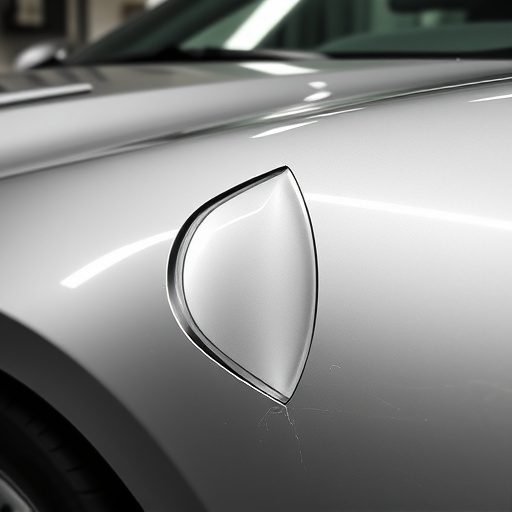
Aluminum body repairs require a meticulous approach to ensure the structural integrity and aesthetic appeal of Tesla vehicles. Here’s a step-by-step guide to efficient aluminum repair techniques:
1. Inspection: Begin by thoroughly inspecting the damaged area, identifying the extent of the damage, and assessing its impact on structural components. This is crucial for determining the appropriate repair methods. For complex damage, consider consulting with a specialized Tesla aluminum body repair shop.
2. Debris Removal: Carefully remove any debris or loose material from the damaged surface. Use fine-grit sandpaper to gently smoothen the edges of the dent or crack, ensuring that no sharp edges remain. This step prepares the metal for the next phase.
3. Cleaning and Surface Preparation: Clean the area with a degreaser to remove any contaminants. Then, use a pH-neutral cleaner to prepare the aluminum surface, promoting better adhesion during the repair process.
4. Patching and Filling: For small dents or dings, use a high-quality aluminum patching compound. Apply it in thin layers, allowing each layer to dry before adding the next. Once the final layer is set, sand the area gently until smooth.
5. Welding (if necessary): For larger damages like cracks or significant deformations, welding might be required. Use a specialized automotive restoration technique suitable for aluminum, ensuring precise results and minimal distortion.
6. Finishing Touches: After repairing, prime the repaired area to match the surrounding metal. Finally, apply a durable coat of paint tailored for Tesla vehicles, ensuring it matches the original finish perfectly. This step completes the restoration process, giving your Tesla a like-new look.
Tesla aluminum body repair is a specialized skill that requires understanding the unique characteristics of Tesla vehicles’ lightweight, durable bodies. By utilizing the right tools and materials, as discussed in this article, and mastering efficient repair techniques, professionals can ensure top-notch restoration without compromising the vehicle’s integrity. Embracing best practices not only guarantees superior craftsmanship but also contributes to the longevity and value retention of these innovative electric cars.
